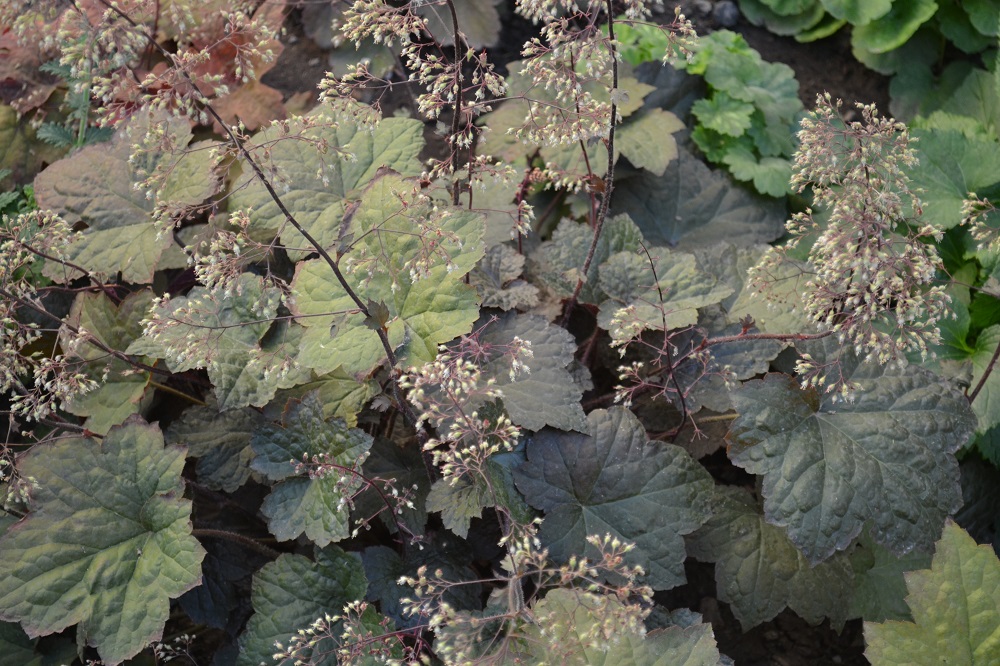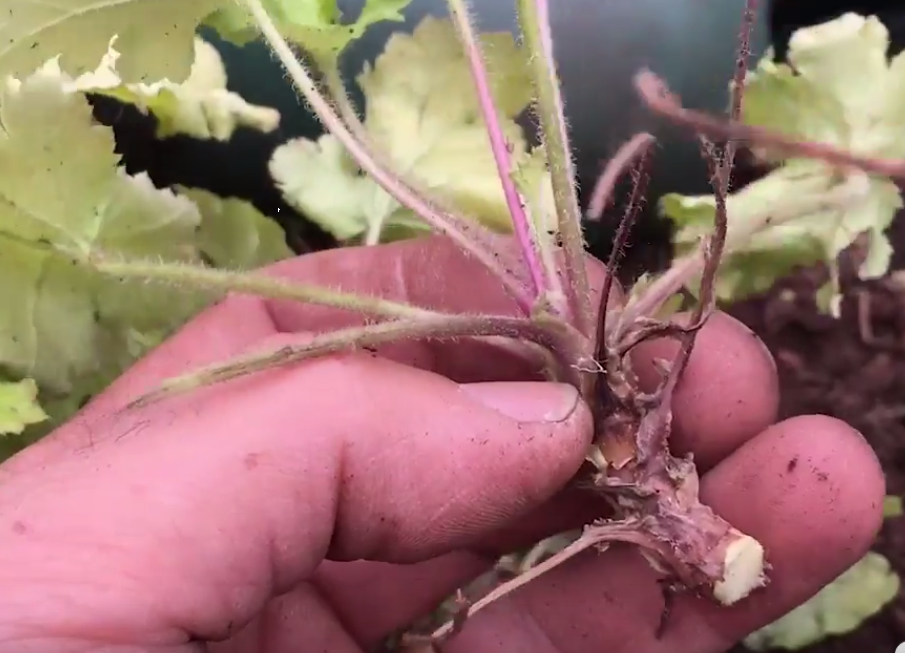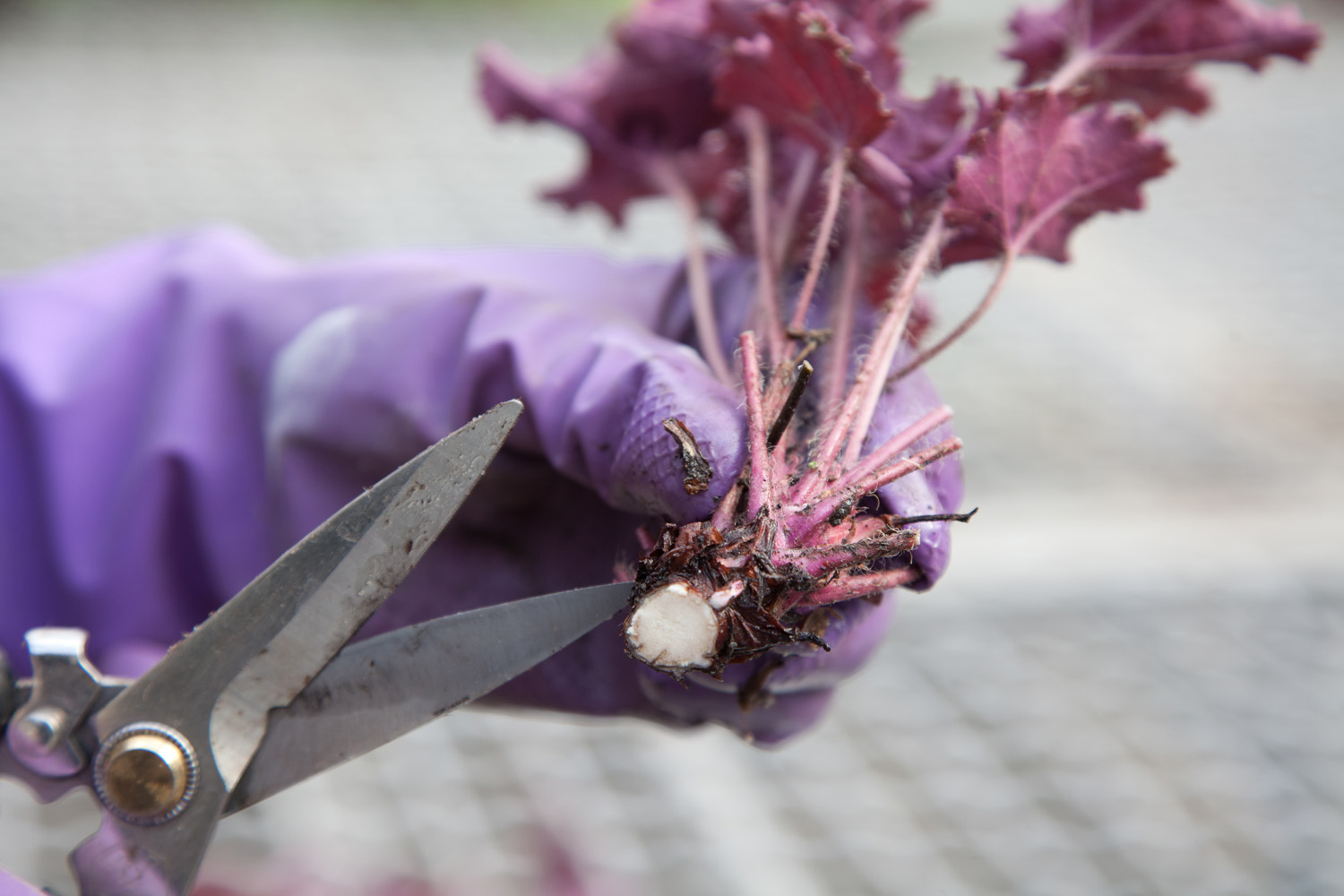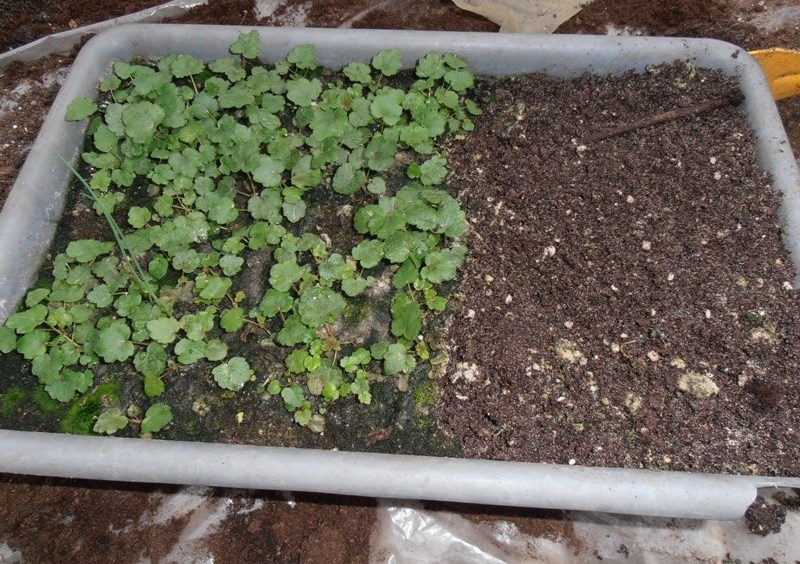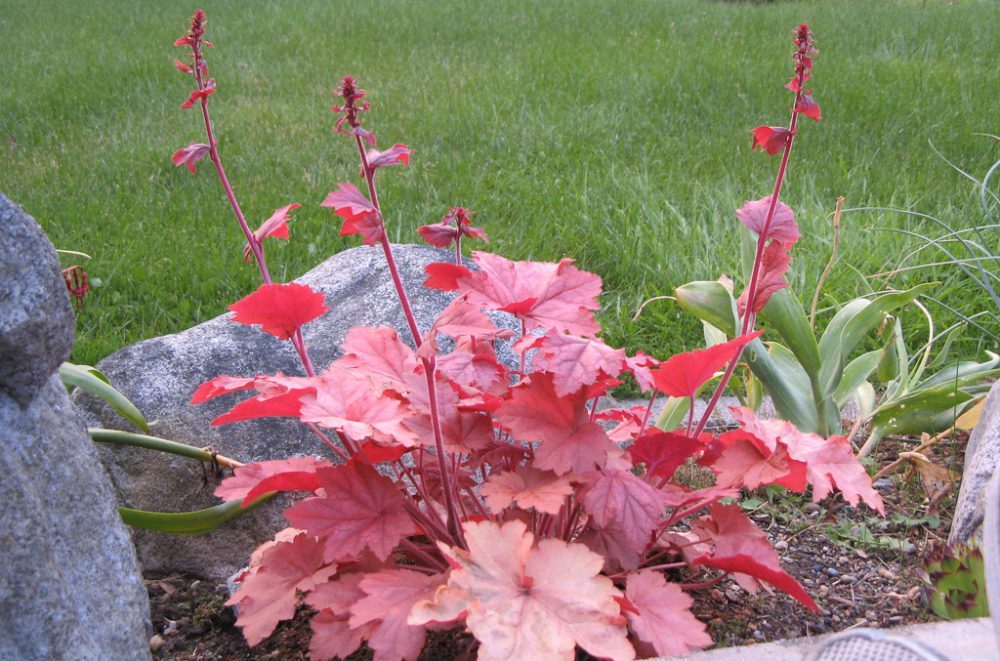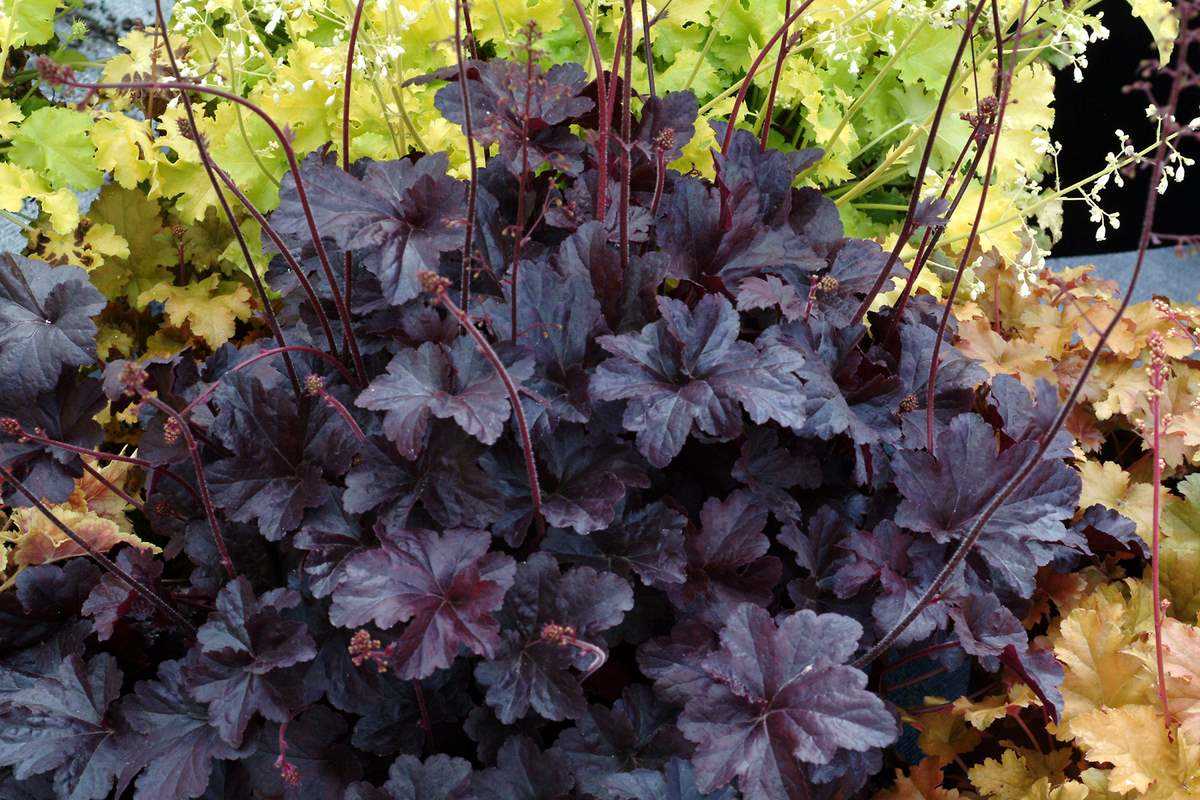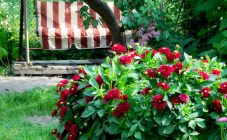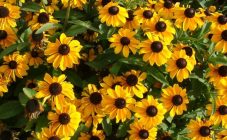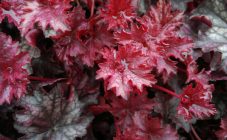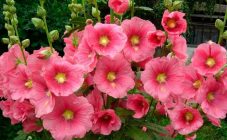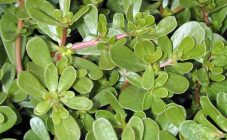Content:
Beautiful perennial plantings of Heuchera can decorate any garden, flower bed or room. Their cultivation is associated with certain subtleties and nuances that must be taken into account. You need to know exactly how to plant a Heuchera and take care of it in the future.
Heuchera requirements for cultivation conditions
The temperature of the air or soil has almost no significant effect on the state of the heuchera. The plant is able to grow both under large large trees and next to small shrubs that form partial shade. In view of this, it is recommended to plant the plant from the east or west side of the site. However, here it is necessary to take into account the specific features of the culture. Thus, plants with a bright and rich foliage color require stronger sunlight. Heuchera with red foliage (Heuchera Regina, etc.) changes color to green in conditions of shade.
The culture is not very demanding on the choice of soil, however, it grows worst on acidic soils. The optimal pH for a given plant ranges from 5-6. Heuchera also reacts negatively to stagnant water in the root zone, which is why it is necessary to organize a drainage system on the site.
Heuchera: reproduction
How to propagate Heuchera by seeds
The natural method of reproduction of the culture under consideration in natural conditions is the seed method. It involves sowing the seeds of a plant into the soil. In a cultured environment, this method is usually used in selective breeding when multiplying hybrids obtained from crossing two varieties.
Bush division
Most often, Heuchera reproduces under cultural conditions by dividing the bush. To do this, you need to know when to transplant Heuchera. Usually the procedure falls on the 3-4th year of the plant's life. For this purpose, the mother bush is dug out of the soil, divided into several approximately equal parts and planted in a permanent place.
After removing the plant from the ground, it is carefully examined, trying to find traces of rot. If found, it is necessary to remove these traces. The rhizome is cut into several parts so that there are 2-3 sockets on each of the newly formed divisions. The stem is cut to new tissue. Places of cuts on the roots are processed with the help of Kornevin.
The planting hole is prepared by adding compost to it, as well as pebbles or coarse sand to form a drainage system. The hole should be located in a sufficiently lit place, but the light should be slightly diffused. To provide light partial shade and sufficient ventilation, the plantings are covered on top with boxes made of wooden slats.
Cuttings
To propagate Heuchera in this way, you must wait until the end of the flowering phase. Lateral shoots are used as cuttings, which are cut off from the mother plant along with fragments of the rosette.If the length of these processes is too large, then they are cut into several approximately equal parts and their ends are treated with root formation stimulants. Places of cuts are covered with wood ash. If heuchera is not transplanted simultaneously with cuttings, then the plant is allowed not to be dug out of the ground.
For the cuttings, loosened peat soil is prepared and propagation material is inserted into them. From above, the cuttings are covered with polyethylene film to organize greenhouse conditions. At the same time, there should not be strong heat under the film. Sometimes the film needs to be opened to ventilate and remove condensation. The rooting process is usually completed within a month.
Heuchera: growing from seed
Pros and cons
The undoubted advantages of the seed method of plant propagation include:
- preventing the spread of viral infections by protecting the embryo with the seed coat;
- simplicity of the method, minimum costs;
- the ability of seeds for long-term storage without loss in quality.
The method also has significant disadvantages:
- loss of planting material before seedling;
- splitting in the offspring, which does not allow to preserve varietal properties and characteristics;
- insufficient reserves of nutrients in the seed.
Preparing for landing
The procedure usually begins in March-April, the more exact date depends on the specific region.
Before sowing, attention is paid to the sowing qualities of the seeds. They usually remain suitable for planting for six months. If the seeds were pre-packed in small foil bags, then this period increases to one and a half years.
In order to plant seeds, choose an extensive container with a wall height of 5 cm. The container must be equipped with drainage through holes. Any type of soil will do. The main thing is that they are sufficiently loosened and not acidified. For disinfection, the soil mixture is preliminarily spilled with boiling water or placed in the oven for 5-7 minutes. When the soil is dry and slightly cooled, it is ready for sowing.
Heuchera: planting and care
Heuchera does not have a special seeding scheme for planting, and millet seeds are evenly distributed over the soil surface. Since it is not always possible to distribute them evenly due to their small size, it is recommended to resort to the following method. A sheet of paper is folded in half, seeds are poured inside and scattered over the surface of the soil mixture.
The seeds do not need additional deepening, it is enough just to moisten the soil. Then the soil is irrigated, carefully pouring water onto the walls of the vessel. From above, the container is covered with plastic wrap or glass.
A container with seedlings is placed where they will have enough sunlight, but without drafts. The optimal temperature level for full-fledged seedlings growing varies from + 20C to + 22C. In order to avoid the development of fungal ailments and remove excess moisture, it is necessary to regularly clean the shelter for half an hour.
After 15-20 days, the first shoots are formed above the soil surface.
After the formation of three true leaves, the plants are picked so that the distance between the two seedlings becomes equal to 4-6 cm. Young and immature sprouts are irrigated with a spray bottle. It is necessary to constantly monitor the level of moisture in the soil so that it is neither waterlogged nor overdried.
In the second decade of May, plants begin to harden, transferring them to the open air for a certain time.After that, the vessel is buried somewhere in the garden for one and a half to two weeks. A landing at a permanent place can be carried out in early June.
Heuchera can be planted next to plants such as:
- coniferous crops;
- shrubs;
- hosts;
- herbaceous plants;
- blooming tall crops.
Heuchera: plant care
Watering and feeding
Regular irrigation is important for Heuchera, which will not allow the soil to dry out. This procedure is carried out once every 2-3 days. Watering should be moderate, excess moisture negatively affects the condition of the plants. In hot summer periods, it is recommended to irrigate twice a day - in the mornings and evenings, in a moderate amount. During the introduction of the liquid, it is necessary to ensure that moisture does not get on the surface of the leaf plates and stems, otherwise this will provoke burns. It is recommended to use a special watering can for irrigation.
Planting and caring for Heuchera outdoors means feeding. In the spring, fertilization is carried out with caution, especially if the winter period was harsh and cold. In the early stages of the growing season, it is recommended to strengthen the immunity of plants using drugs such as Epin or Zircon. When flowering stops, they switch to the use of mineral fertilizers. Their introduction must be completed before the beginning of flowering. In the summer, one feeding is carried out with wood ash.
Bloom
The flowering period of heuchera in indoor conditions usually falls on the last decade of March, and in the garden in the Black Earth region - at the beginning of August. Heuchera is predominantly small-flowered, with a weakly expressed color of flowers. They are arranged in paniculate inflorescences, which are located at the tops of the peduncles. The exception is the blood-red Heuchera, which is characterized by its beautiful attractive flowers.
In some cases, there is a lack of flowering, which prevents the plant from revealing its potential decorative properties. This usually happens after harsh winters. Also, the reason for this can be an excess of nitrogenous nutrients, which provokes excessive growth of leaves (especially in green heuchera) and other vegetative mass to the detriment of inflorescences.
Autumn care, preparation for winter
In the southern regions, Heuchera is usually not cooked for winter and left as it is. If the winter temperature drops below -10C, the plantings must be covered before the onset of cold weather. The ideal material for this is sphagnum moss, which is simply laid on top of the foliage. If it is impossible to use this tool, the roots are hilled with soil or humus. It is allowed to cover the ground in the root sector with sawdust or oak foliage. Agrofibre is also suitable for young plants. With the onset of spring, all the shelters must be urgently dismantled before decomposition begins under it.
Growing heuchera at home does not require serious effort. Knowledge of the basic rules of cultivation and reproduction of this culture will allow you to form beautiful plantings.
